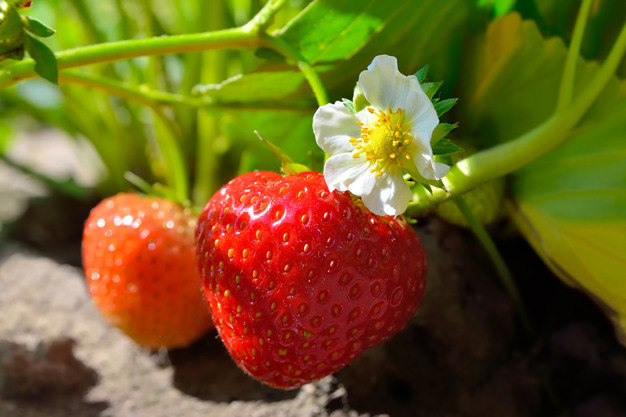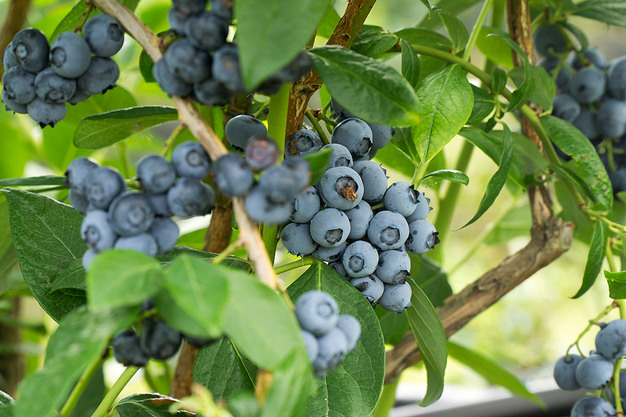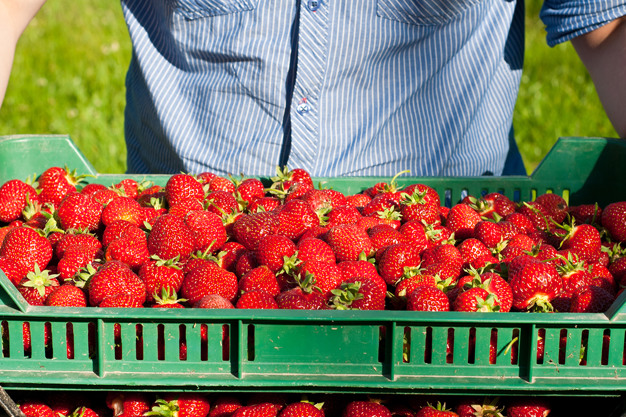The land in Huelva has already been prepared, covered and equipped with irrigation for the strawberry plants of the 2024/25 season. Those for the earliest plantations will start to arrive next week "and on October 3 or 4, practically 100% of the growers will already be planting," says Manuel Piedra. "As in other years, between 360 and 370 million plants are expected to be planted on the farms at a rate of around 9 million plants per day throughout the month of October, which will generate around 10,000 jobs, counting both direct and indirect ones, during the planting phase alone."
"Temperatures and rainfall will determine whether the season will start earlier or be delayed by a few days, because the plants take root better and more strongly with cool temperatures, and ideally, you'd want some moderate rainfall after the plants have been put in the ground. The planting phase is the most critical for the plants and their success depends on the temperature and humidity conditions 10-15 days after the planting."

"In fact, we are hoping for a rainy autumn with rainfall not only in October, but also in the following months because, just like last year, we are facing 25% restrictions in the supply of water for irrigation and we want to avoid at all costs the same thing happening as last season, when the water supply was cut by 50% and some plantations had to finish producing early," says Manuel.
"As far as the acreage is concerned, based on the data we have, we expected the area devoted to strawberries to remain the same or be just slightly reduced. The raspberry acreage will again be reduced, but the blueberry one could increase. As far as blueberries are concerned, we must bear in mind that the volume produced will increase proportionally at a bigger rate than the acreage, because some plantations from previous years had not yet reached their maximum productive potential."

While Huelva's blueberry acreage exceeded 4,500 hectares last season, strawberries are still the province's leading berry, with more than 6,000 hectares in production. "Huelva stands out in the European strawberry market both in terms of volume and quality. It is true that in December and January, Morocco's peak in fresh strawberry production coincides with the moment that the first volumes of Spanish strawberries start to arrive, but Morocco is focused on the industry and, in February and March, the country's last strawberries of the season are mainly used for processing. Therefore, in the strongest months of the season, from February to April, before other European productions start, Huelva is practically alone in the strawberry market in Europe." Last year, in fact, more than 77% of the season's total volume was supplied during these months, according to data from the Andalusian Regional Government.

"Another very important factor to bear in mind is that in these cold months, less water for irrigation is generally required, so even if, unfortunately, we still need to deal with a 25% restriction, we should still be able to get through the most important part of the season without major problems."
For more information:
Manuel Piedra
UPA Huelva
[email protected]
www.upahuelva.es
